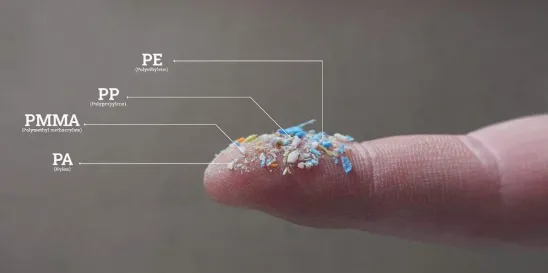On 27 September, the Commission published Regulation (EU) 2023/2055 restricting the use of synthetic polymer microparticles under Annex XVII of REACH (‘Microplastics Restriction’).
The restriction will enter into force on 17 October 2023 (a longer transition period has been granted for specific uses). It will prohibit the placing on the market of microplastics as substances on their own or in mixtures in a concentration equal or greater than 0,01% by weight. In turn, articles that have been manufactured out of the EU using microplastics are not covered by the restriction.
The restriction targets ‘synthetic polymer microparticles’ that are solid and either (a) contained in particles and constitute at least 1% by weight of those particles; or (b) build a continuous surface coating on particles (e.g., coated TiO2 particles), and where at least 1% by weight of those particles fulfil either of the following conditions:
(a) all dimensions of the particles are equal to or less than 5 mm;
(b) the length of the particles is less than or equal to 15 mm, and their length-to-diameter ratio is greater than 3
The restriction foresees that microplastics that qualify as natural polymers (excluding those manufactured industrially), which are biodegradable, have a solubility greater than 2 g/L, or do not contain carbon atoms are exempted from the ban.
Other derogations are available to producers and users of microplastics based on the characteristics and conditions of use of the microplastics. In this regard, the following uses remain allowed:
- Microplastics that are used at industrial sites
- Microplastics that are contained by technical means so that releases are prevented: this covers cases where microparticles retain their particle state during use, but are contained by a physical barrier; for instance chromatography columns, water filter cartridges, printer toners, with no potential for release
- Microplastics that have physical properties that are permanently modified during intended use: microplastics are placed on the market as such but lose their particle state during use. This is notably the case of pre-production pellets, flakes, or powders that are consumed or cease to exist during use (e.g., swell, form a film, dissolve).
- Microplastics that are incorporated into a solid matrix during intended use: microplastics retain their particle state during use, but are contained in a solid matrix, for instance, a film.
In parallel, the Commission has been working on a legislative initiative aiming at the reduction of unintentional microplastics releases. Measures foreseen would notably target microplastics emitted from pre-production pellets, tire abrasion, and tear-off of synthetic textiles. While the publication of a legislative proposal was set for the second quarter of 2023, it has not been issued to this day.




 />i
/>i

